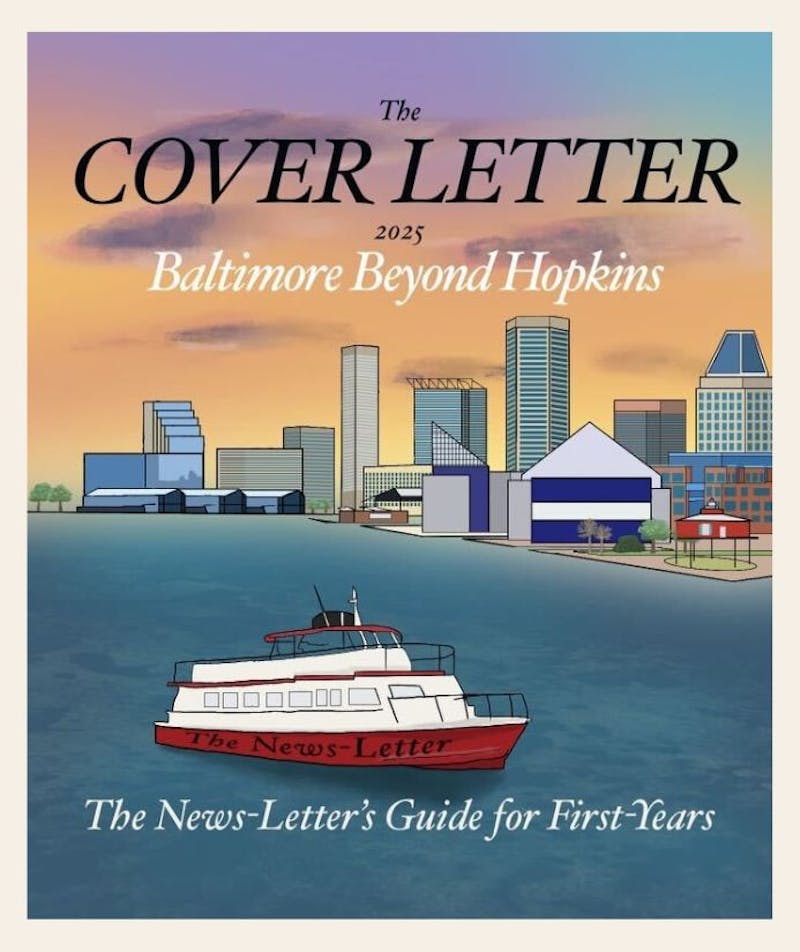Have you ever wished that you could see what was going on with a plant both from above and below the surface? Scientists at the James Hutton Institute in Dundee, Scotland solved this problem in an innovative manner by making transparent soil.
They began this two-year long project to study the parts of plants that remain submerged underground. According to one of the researchers on the project, theoretical biologist Lionel Dupuy, there are still many discoveries left to be made about soil and how plant roots operate in it.
The project required a team of biologists, chemists, and physicists and years of painstaking experiments to develop this artificial soil, which is made out of 350- to 1,600-micron-wide pellets of Nafion, a synthetic material.
Nafion is often used in fuel cells because it can control the flow of current-carrying ions, whose movement allows fuel cells to generate electricity. It has some properties that make it well-suited as a soil substitute as well: bacteria can grow on it and it can bind to ions dissolved in the surrounding liquid solution. This allows it to mimic natural soil chemistry.
The liquid solution that surrounds this synthetic soil was customized by the scientists at the institute. In fact, without this solution, the soil would not be translucent at all. The material and the liquid work together to refract light in a specific way that makes them appear to be transparent.
This mixture is not a perfect imitation of real soil, but its physical and chemical qualities are close enough for it to be useful. Dupuy and the other scientists used the synthetic soil to analyze the effect of potentially lethal E. coli bacteria on lettuce roots. They used a modified version of E. coli that had a green fluorescent protein and watched as it formed micro-colonies in the root zone of the lettuce.
The discoveries that they make from experiments like this could help prevent potentially dangerous strains of bacteria from infecting fresh produce sold to consumers. The uses of transparent soil could also include studying the spread and transmission of other soil-borne infections, such as viruses.
Dupuy would like to use his colleagues’ development to study how nematode worms feed on crops and, for instance, transmit viruses into them.
The synthetic soil is also a breakthrough that other scientists are excited about. Plant biologist Laurent Laplaze, who works at the French Institute of Research for Development in Montpellier, has commented that this is significant progress and will allow for the most realistic way yet to study roots.
He suggested yet another practical application of transparent soil: it could be useful in plant breeding programs. Root traits could be an important part of plant breeding, but haven’t been until now because of the difficulty of carrying out a thorough analysis of root architecture in typical soil conditions.
An example of this would be genetically modifying plants so that key growth hormones are tagged with fluorescent proteins.
This will allow scientists to see how these hormones circulate in live plants. In particular, they can see the behavior of roots. Results can further explain mysteries like why some plants will grow better than others under the exact same conditions.
This information can then be used to breed plants for more advantageous roots, which will allow crops and agriculture to become more efficient.
Synthetic soil can be useful in many different ways. However, it requires more research in order to bring down the costs of production. Nafion is an expensive material, but the researchers who developed the soil believe that it might be possible to build a transparent soil out of something in the Teflon family of materials.
These findings were detailed online on Sept. 11 in the journal PLoS ONE.




